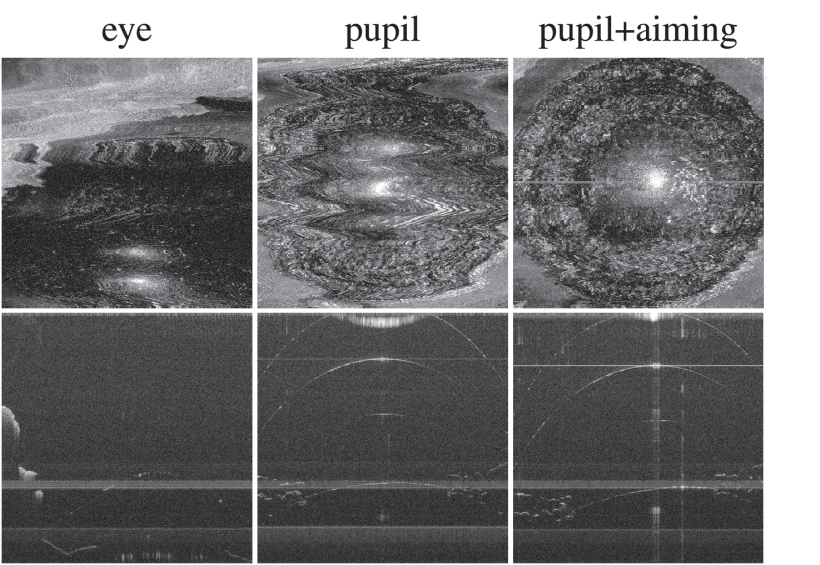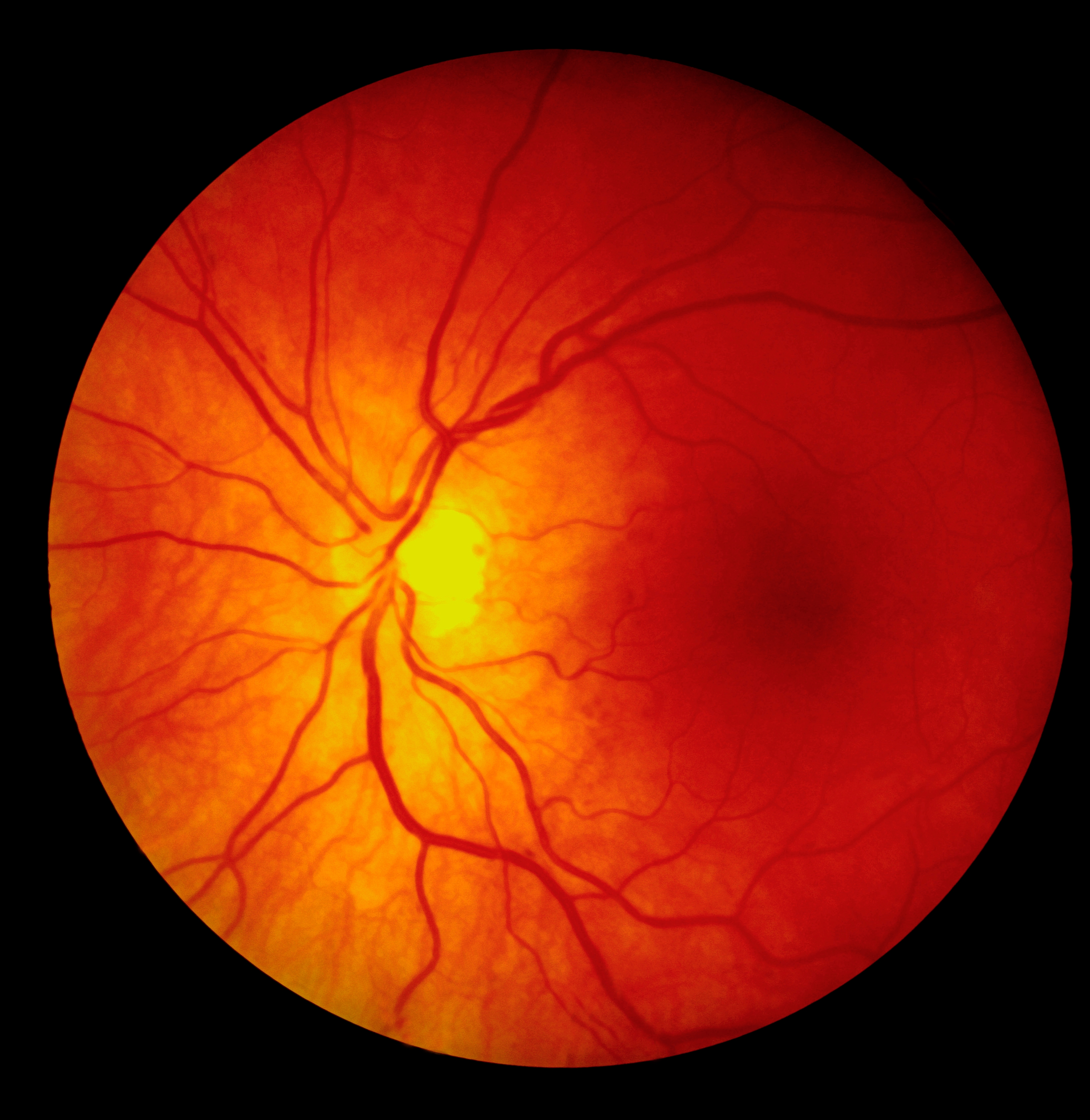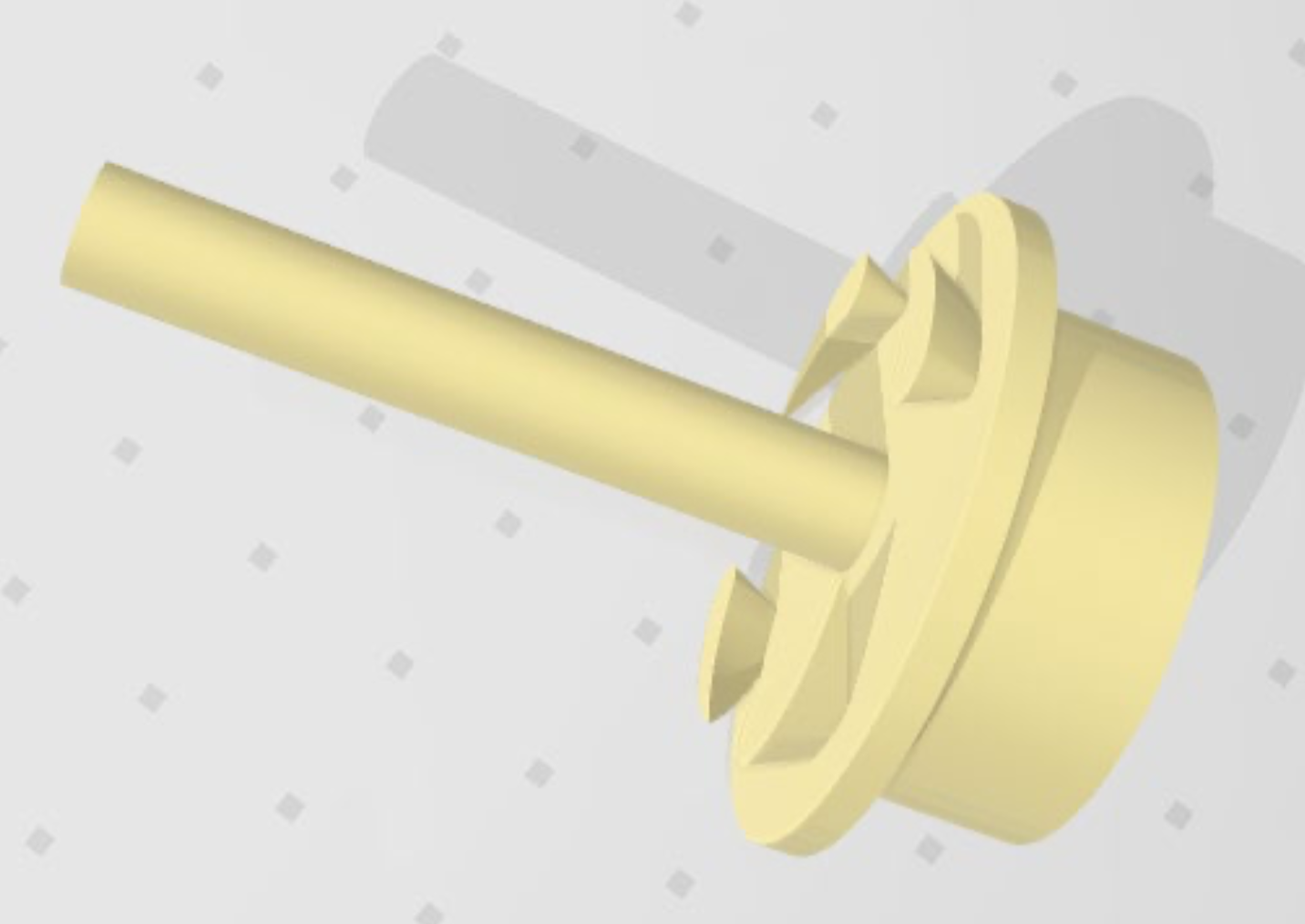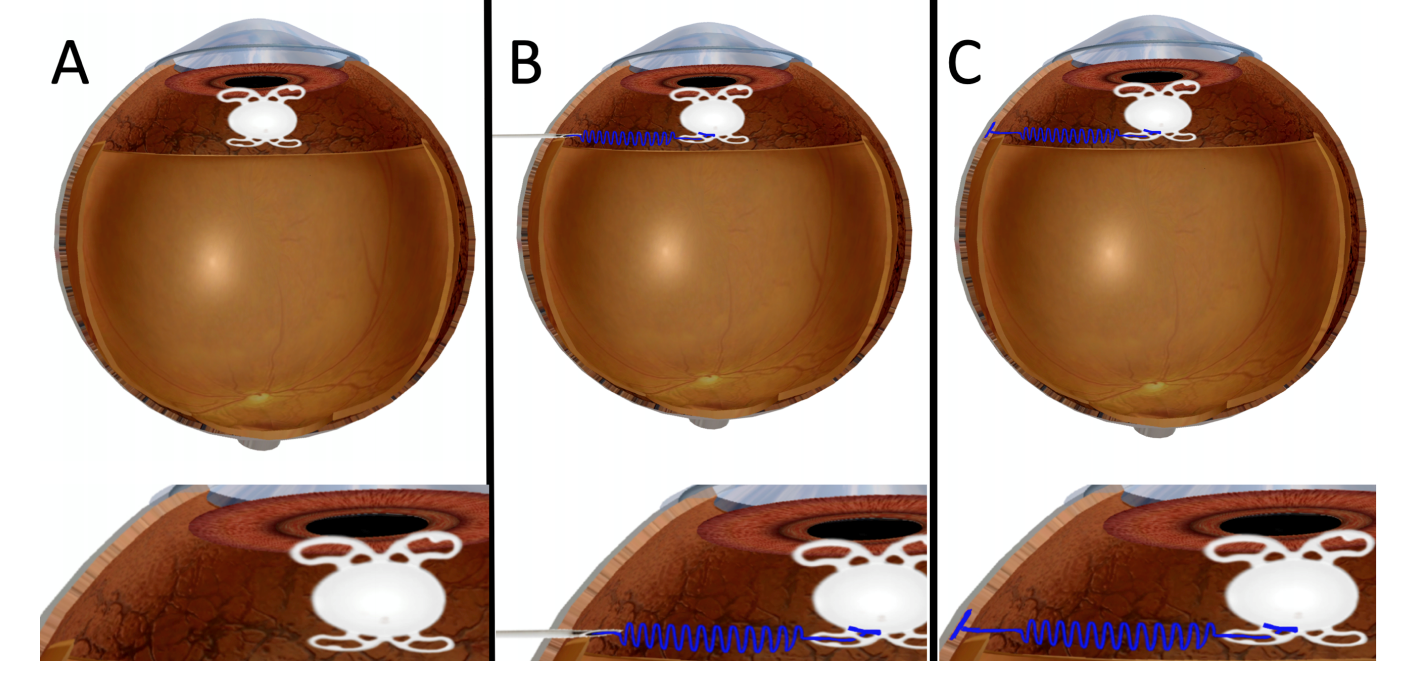- Agriculture
- Antibiotic/anti-viral
- Biologics
- Biomarkers
-
By Clinical Application
×
- Anesthesiology
- Blood & Lymphatic Disease
- CNS & Neurosciences
- Dermatology
- Diabetes, Metabolism, Endocrinology & Obesity
- Ear, Nose, & Throat
- Emergency Services
- Gastroenterology & Digestive Disease
- General & Plastic Surgery
- Health Education, Medical Training and Operations
- Heart and Vascular
- Immunology, Autoimmune & Inflammation
- Infectious Diseases
- Mental Health
- Multiple clinical applications
- Musculoskeletal Disorders, Orthopedics/Bone
- Nephrology/Renal
- Oncology
- Ophthalmology x
- Orphan Diseases
- Pediatrics
- Physical Medicine & Rehabilitation
- Radiology
- Regenerative Medicine / Tissue Engineering
- Reproductive Health: Obstetrics & Gynecology
- Respiratory & Pulmonary
- Surgery
- Transplantation
- Urology
- Wound Healing
- COVID-19
- Creative Works
- Diagnostics
- Drug Delivery
- Drug screening and discovery
- Energy, Cleantech & Environmental
- Engineering & Physical Sciences
- Gene therapy
- Imaging
- Materials
- Medical Devices
- Nutraceuticals
- Other
- Research & Design Tools
- RNAi/siRNA
- Sensors & Controls
- Small molecules
- Software & Information Technology
- Stem Cells
- Vaccines
- Veterinary Medicine
A drug-infused hydrogel implant for glaucoma drainage devices
Unmet Need Glaucoma is an ocular disease involving heightened eye pressure most commonly leading to blindness, affecting roughly 3 million Americans. Current treatments include anti-steroidal or anti-inflammatory drugs to remove excess ocular fluid or decrease…
An optical coherence tomography system capable of automatically and accurately imaging eyes without the use of chinrests
Unmet Need Optical coherence tomography (OCT) has revolutionized structural imaging in the eye’s anterior segment and retina. Ophthalmologists now routinely employ OCT in managing ocular diseases, including age-related macular degeneration, diabetic retinopathy, glaucoma, and corneal…
Automatic segmentation software to diagnose retinopathy of prematurity (ROP) from optical coherence tomography images in preterm infants
Unmet Need Retinopathy of prematurity (ROP) is a developmental vascular proliferative disorder that occurs in approximately 50-70% of preterm infants and is a leading cause of childhood blindness. The most critical factor in identifying ROP…
Efficient scan patterns for scanning laser microscopy systems
Unmet Need Scanning imaging systems, such as confocal scanning laser ophthalmoscopy (cSLO), hold great promise in the clinic to diagnose a variety of retinal disease like diabetic retinopathy. These systems are particularly promising for applications…
Feature-Guided Image Fusion of Intrasurgical Optical Coherence Tomography and Digital Surgical Microscopy
Unmet Need Eye surgery is a high-impact intervention necessary to preserve the sight of thousands of patients, with retinal detachment surgeries alone constituting approximately 28,000 cases per year in the United States alone. Microscope-integrated optical…
Gene therapy for long-term decrease of intraocular pressure
Unmet Need It is estimated that in the US alone, approximately 3 million individuals are living with glaucoma, making it the leading cause of blindness in the US. There currently is no cure for glaucoma,…
Novel system for improved aiming during optical coherence tomography imaging of young children
Unmet Need When a retinal condition is suspected in a patient, optical coherence tomography (OCT) is used to obtain detailed images of the retina. Due to the large amount of data needed to be processed…
Secure cannula design to prevent improper infusion during vitreoretinal surgery
Unmet Need Around 250,000 vitrectomies are performed in the U.S. every year to treat pathology ranging from retinal detachment to vitreous hemorrhage epiretinal membrane. The ophthalmic surgical supply market recently topped half a billion dollars…
Systems and methods to noninvasively enhance the visual acuity for patients with retinal prostheses
Unmet Need Degenerative eye diseases lead to a profound decrease in quality of life, and their incidence is on the rise. In high- and middle-income countries, age-related macular degeneration is the main and growing cause…
A system for securing intraocular lenses during cataract surgery and other applications where sutures create challenges
Unmet Need Suturing is a common method to close wounds and fixate devices. However, due to the inherent physical constraints of the intraocular cavity, forming knots within the eye to affix hardware or repair damaged…
A designated instrument for removing intraocular lenses
Unmet Need Cataract surgery is one of the most common procedures in the world with 10 million completed every year. While usually a safe and permanent procedure, the intraocular lens (IOL) that was originally placed…
Making quantitative measurements of intraocular structures with optical coherence tomography
Unmet Need Recent advancements in intraoperative optical coherence tomography (OCT) have significantly improved visualization of tool-tissue interactions inside the eye. Visually assisted procedures are becoming effective treatments for previously untreatable genetic or degenerative retinal diseases.…











